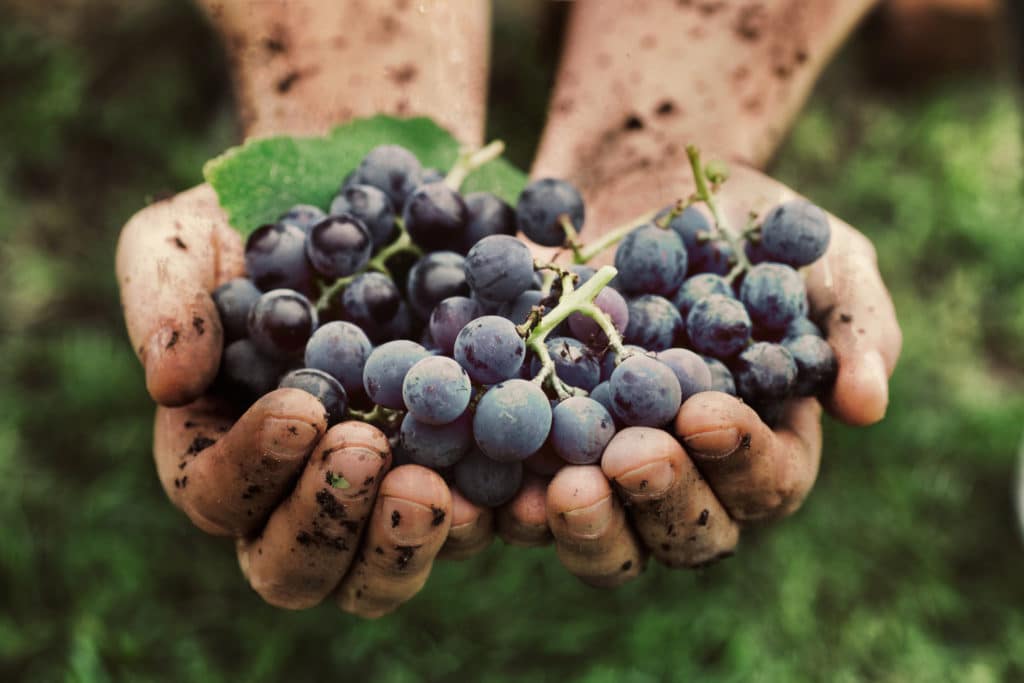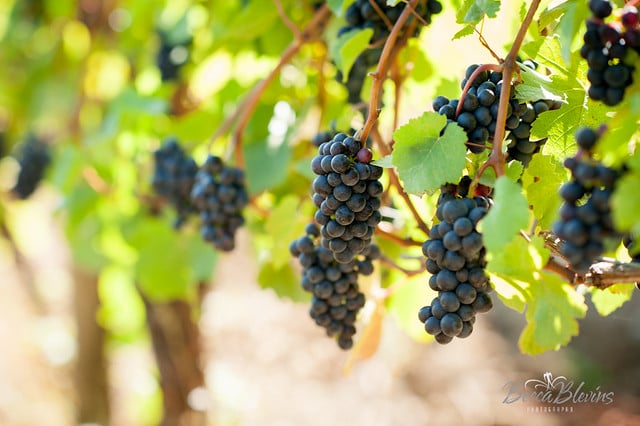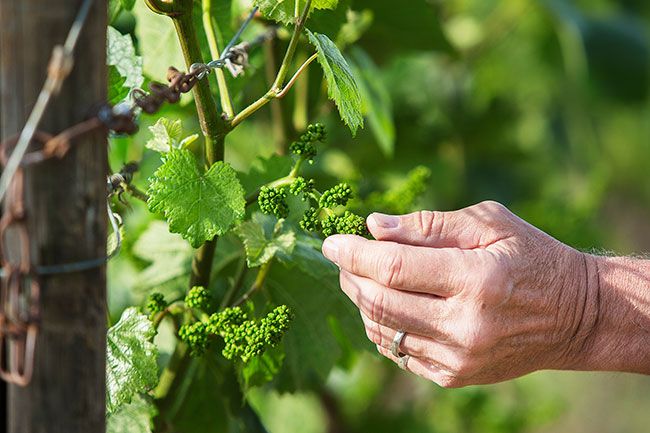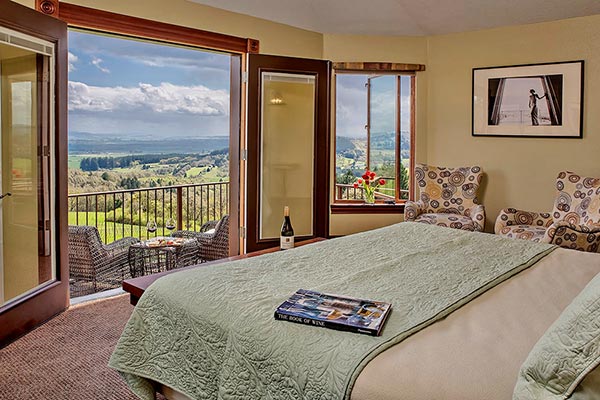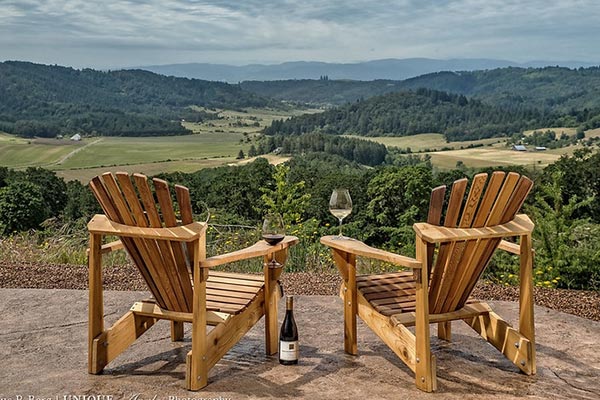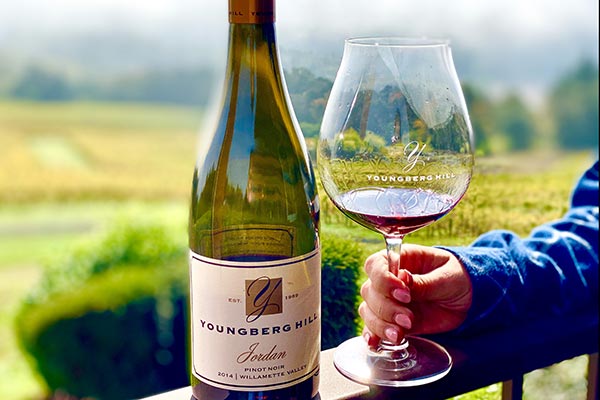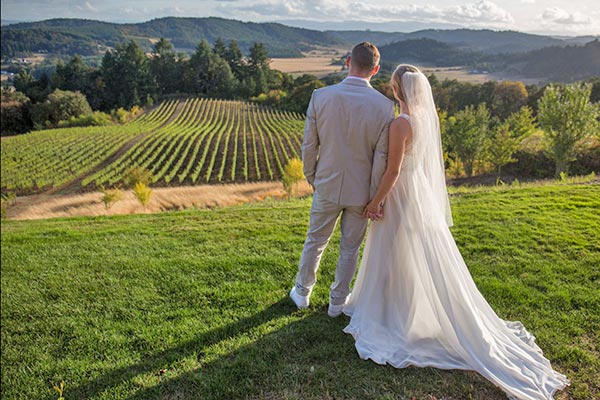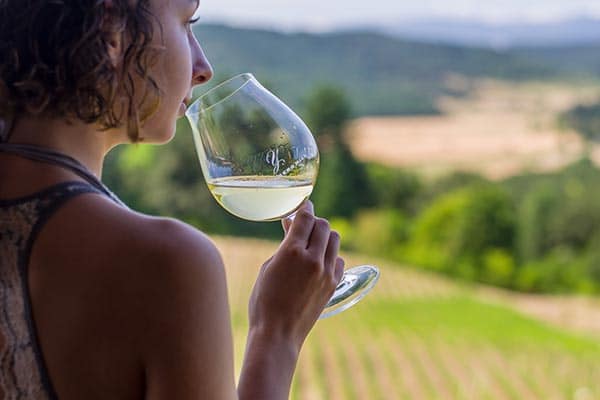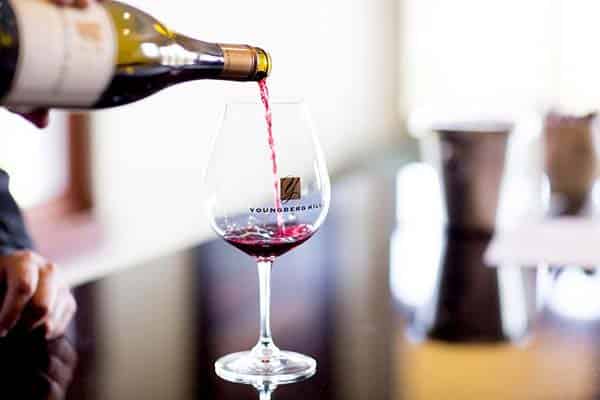The progression to No-till farming here at our Willamette Valley Vineyard has been a long and interesting journey. As a farmer, I am constantly learning to be a better steward of the land and vineyards that we farm here in Oregon’s Willamette Valley. I grew up on a farm in Iowa and over the years, seen how intensive farming practices for the benefit of the farmer have killed the land.
We have been farming our Willamette Valley vineyard organically since 2003, and over the course of those 17 years, we have seen the vineyard and the entire property become healthier.
Biodynamic Farming at our Willamette Valley Vineyard
We took our dedication to organic farming at our Willamette Valley vineyard even further, and since 2011, we have been practicing biodynamic farming. Biodynamic farming is a progression from organic farming (basically telling you what not to do), towards practices that are aligned much more closely with nature. These practices serve to enhance the growing environment by applying teas that support the nurturing of the plants and soil during certain times of the growing season.
The combination of organic and biodynamic farming practices at our Willamette Valley vineyard has greatly increased the health of vines, the soil, and the environment. But we can do better.
We do not irrigate our land, either. Given that, you might wonder how our vines get adequate water during the growing season? The answer is in the soil. In the beginning, it was believed that we could manage water availability for the vines by plowing under cover crop – those crops that are planted between the row each fall to minimize erosion and provide nutrients back into the soil – to limit or eliminate competition for water.
However, we have found over the years, with side by side comparisons, that leaving cover crops unplowed provides shade and retention of subsoil moisture that is then available to the vines. Through these tests, we also have found that the soil has gained in organic matter, become less compacted, and held more subsoil organisms, all of which work to improve the growing environment for the vines above.
The Progression to No-Till Farming in Oregon’s Wine Country
This last finding is what piqued my interest, and what ultimately led me to no-till farming here at Youngberg Hill Winery. As I was learning more about what improves and sustains healthy soil, I found that the key was the microbiological environment that lives below the soil. For that environment to stay healthy and improve, it is important not to disturb it.
Therefore, it became apparent that plowing under cover crop and/or in-row cultivating disturbed the environment and killed off these essential microbials. In doing so, while our intentions were good, we were actually reducing nature’s ability to rebuild the soil and the microbiological environment necessary for healthy soil to be sustained.
These discoveries are what led us to no-till farming at our Willamette Valley vineyard. By leaving the soil untilled, we are maintaining a subsoil environment that is crucial to the building blocks of healthy soil. These building blocks, which include microbials, organic material, nutrients, and water, are all more effective in maintaining and rebuilding the soil than anything else we can do.
Think of the soil as the plant’s food bank. The soil is key to sustaining plant life and is the base of the plant chain of life. Healthy soil provides healthy plants, that in-turn provides healthy fruit, that allows us to make healthy wines.
When I speak of healthy wines, I am not speaking only of wines that are healthy in regards to consuming them (which of course they are), but also healthier in regards to how the wine will maintain quality and age in the cellar. Quality and balance are key to everything we do here at our Willamette Valley vineyard, and it all begins in the soil. And most importantly, we are allowing nature to take care of itself and maintain a healthy environment that will sustain over the long term.


